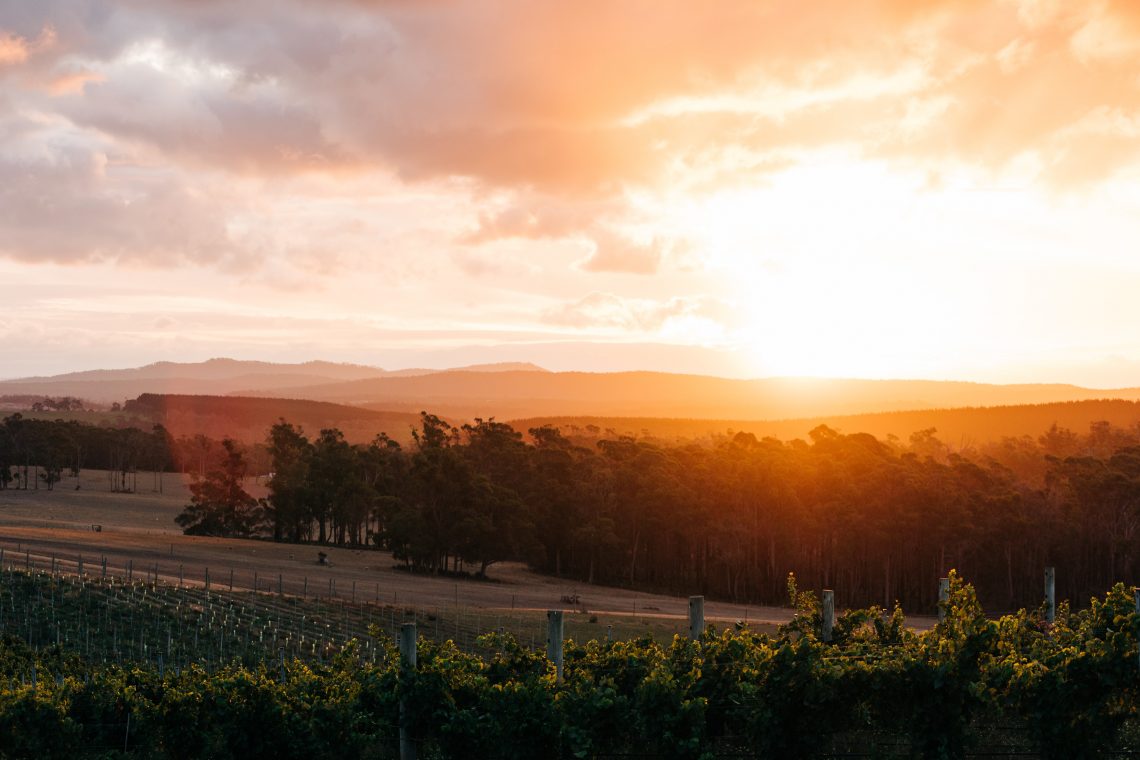The Wolf Post, supported by a Cultural Association, offers a professional service with free access, without subscription.
For this reason, a donation would also be a sign of appreciation for our work.
The first vineyard planted in Tasmania dates back to 1823. The first sparkling wine in Australia was produced in Tasmania in 1826. One of the first experiments with grapevines in Tasmania resulted in a wine proudly displayed at an exhibition in Paris in 1848.
Tasmania, therefore, has always had a leading role in the Australian wine scene.
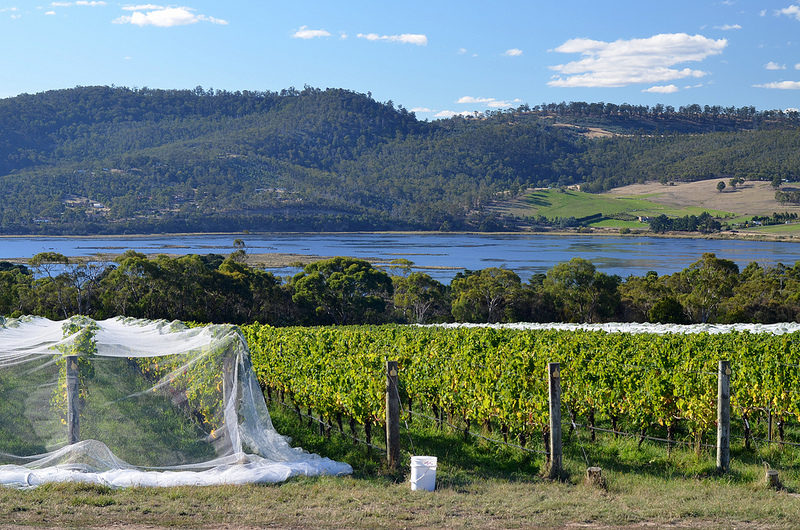
©Stefano Lubiana 2, credit Wine Tasmania & Mark Smith
In the 1950s, after a pause in wine production, some migrants from Europe recognized the similarities in Tasmania of soils and climate to the great wine-growing regions of their homelands and began investing in the revival of the sector. wine. Thanks to their resourcefulness, Tasmania has acquired over the years an international reputation in wine production.
Let’s find out more from the words of Sheralee Davies, Chief Executive Officer of Wine Tasmania.
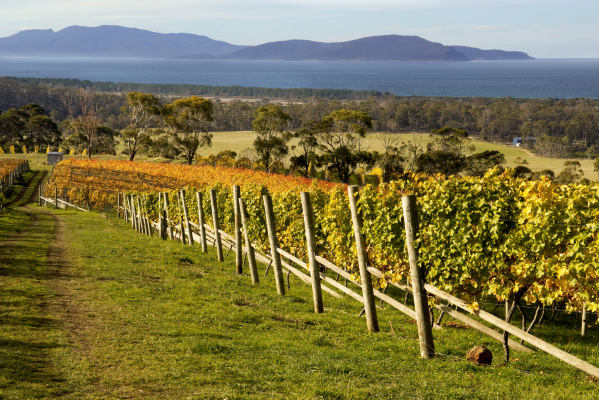
©Bream Creek Vineyard, credit Wine Tasmania & Ilona Schneider
What are the peculiarities of the territory and its wines?
Tasmania is a small island at the bottom of the world – it has a cool, maritime climate, which produces outstanding quality sparkling wines, pinot noir, chardonnay, riesling and more. The island is roughly the size of Sri Lanka or Hokkaido, but with only 500,000 people. To the south is Antarctica and to the west is Argentina. It’s a small island with a huge amount of diversity across its 286km in length and 315km in width. Vineyards are generally quite small and planted across seven distinct wine growing areas.
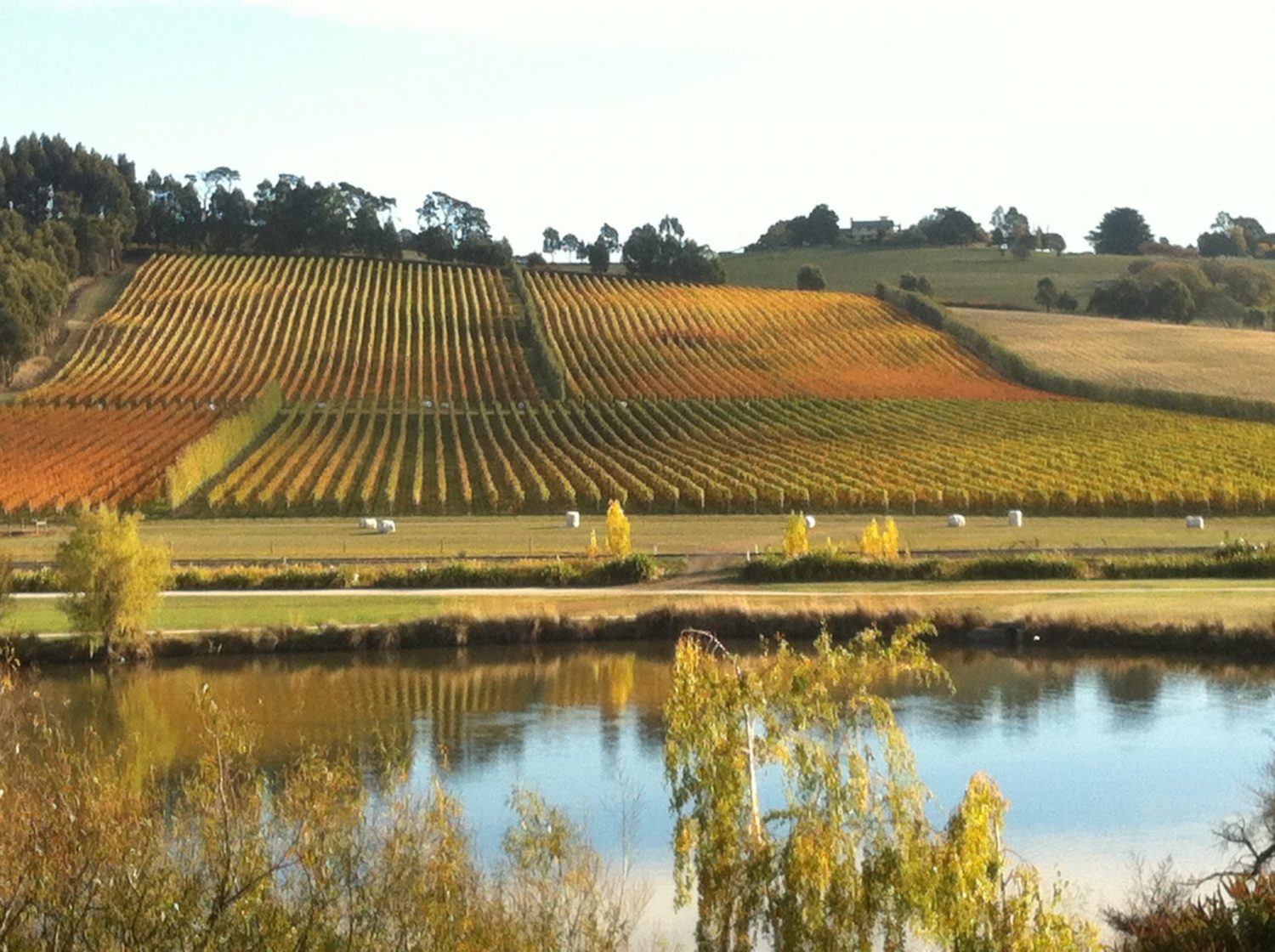
©Josef Chromy
Tasmania’s wine production is roughly 1M dozen bottles annually, less than 1% of Australia’s total wine by volume but more than 4% of its total wine value. Due to its location and climate, every season is different and no two vintages are the same. The cool maritime climate means our wine grapes slowly and steadily ripen, producing great elegance and intensity of flavour with a mouthwatering structure that means these wines are well suited to food and for aging. It’s perhaps more risky and expensive to grow grapes than anywhere else in the country, but it’s worth it for the outstanding quality of wine this island and its talented wine producers can craft.

©Delamere Vineyards
What services/activities do you use to promote your wine region?
Wine Tasmania is the peak body, supported by voluntary membership of wine producers. Its major role is to promote and grow the awareness of Tasmanian wine, increasing its reputation, wine value and visitation to its cellar doors. We produce wine tourism information, host key wine buyer and media visits, engage with the Tasmanian wine loving public through events and promotions such as the Tasmanian Wine List of the Year and targeted social media campaigns. We also partner with other Tasmanian products such as food and other beverages as part of our promotion.
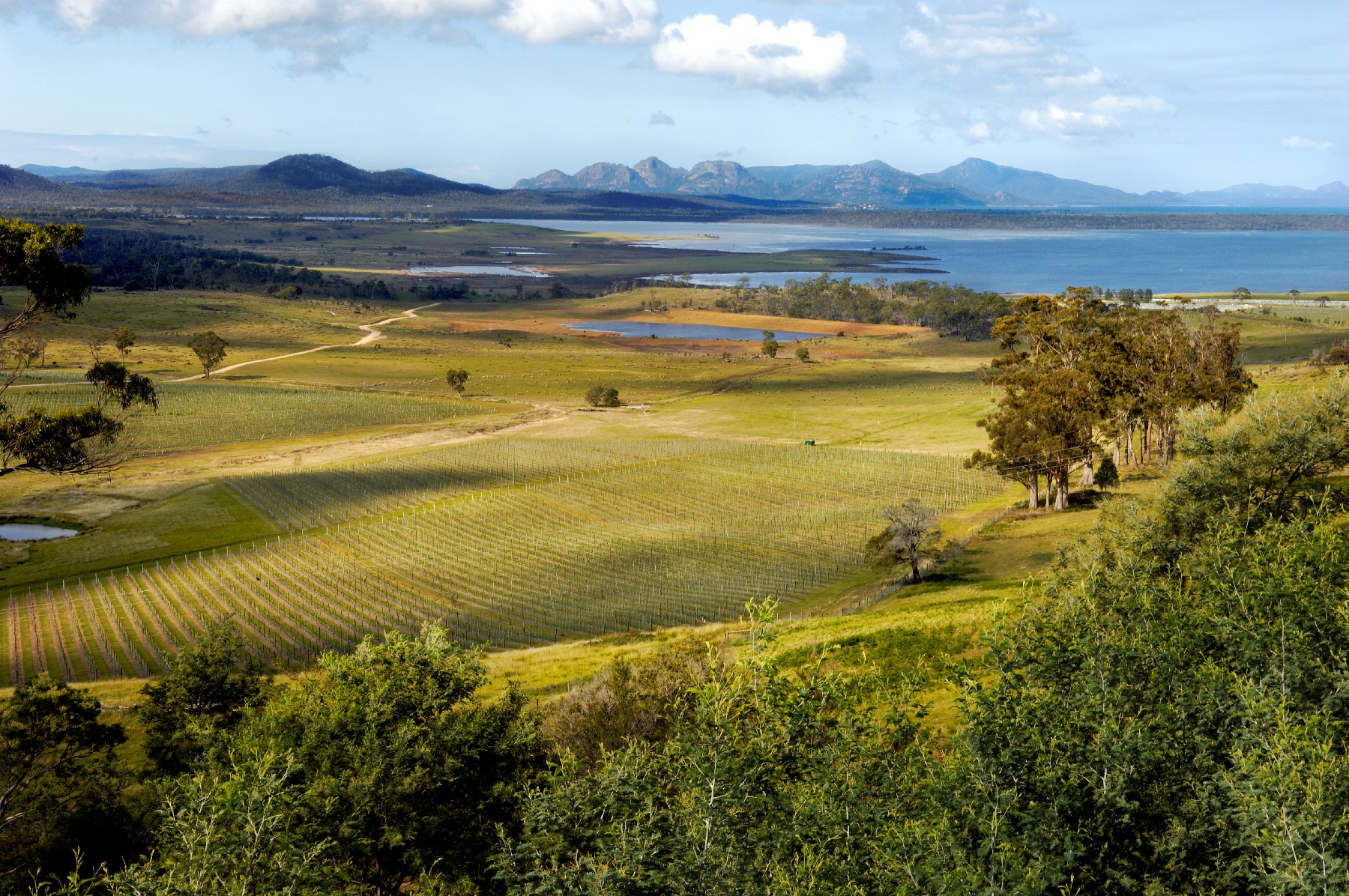
© Corner, credit Wine Tasmania & Ilona Schneider
Can you briefly describe the areas of cultural and enotourism interest of Tasmania Wines?
Tasmania has four key wine trails – the South, East Coast, North and North West – view further details on our website at – https://winetasmania.com.au/tasmanian-wine-odyssey.
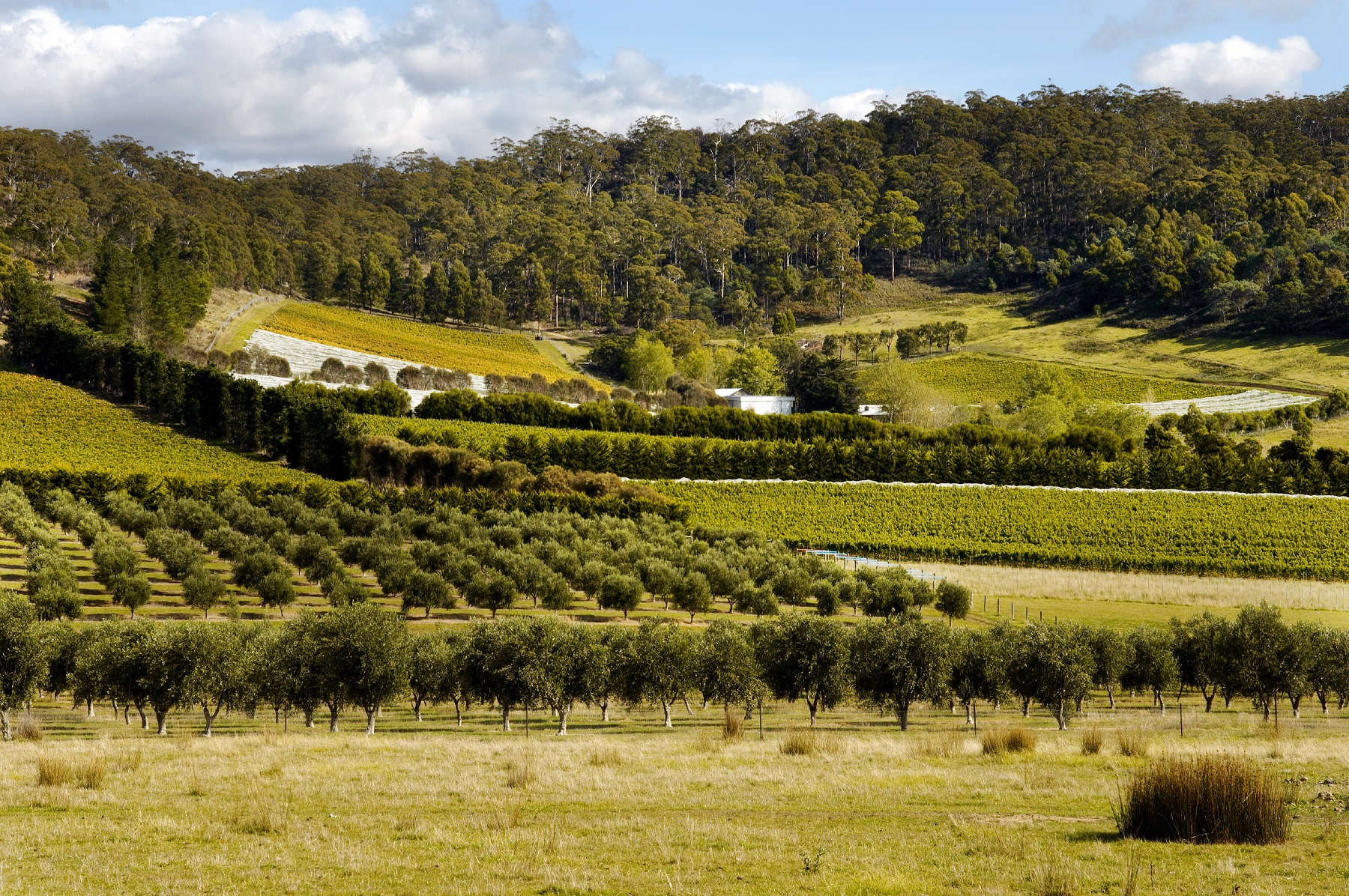
©Freycinet Vineyard, credit Wine Tasmania & Ilona Schneider
What is the goal set for the near future to spread your excellence more and more internationally?
The Tasmanian wine region is only very small and 95% of its wine is currently sold and enjoyed in Australia. Growing our presence in international markets is of interest in the future, but it is likely to be slowly built over time. As mentioned, Tasmania has significant vintage variation, and we are currently undertaking the 2022 harvest, which is the third consecutive small vintage.
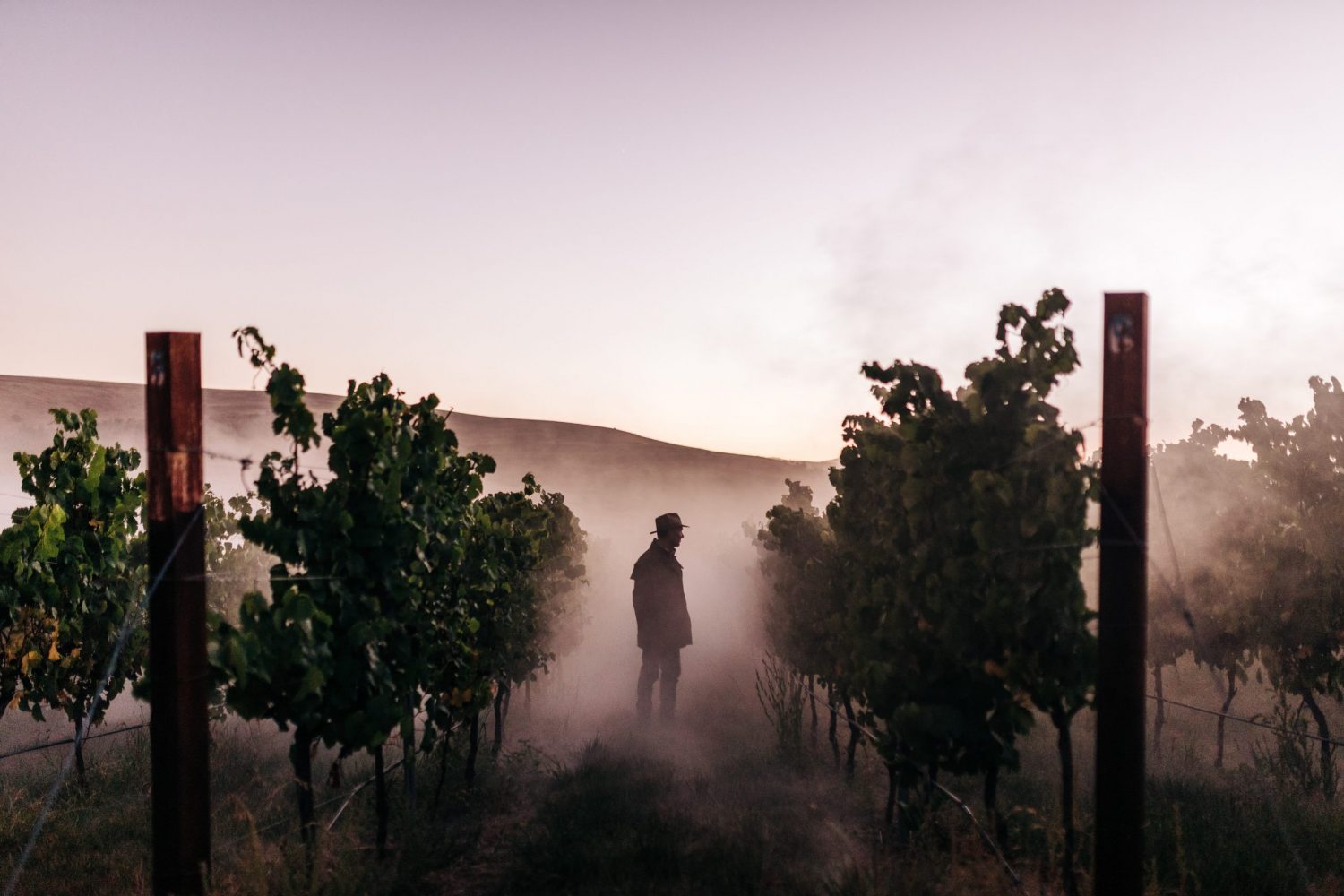
©Meadowbank
This means that lower availability of Tasmanian wine will make it difficult to grow our international presence in the short term. A key focus is growing the value of Tasmanian wine exports (more so than the volume) – the value of Tasmanian wine exports is currently $17.77/litre compared with the Australian average value of $6.48/litre.


